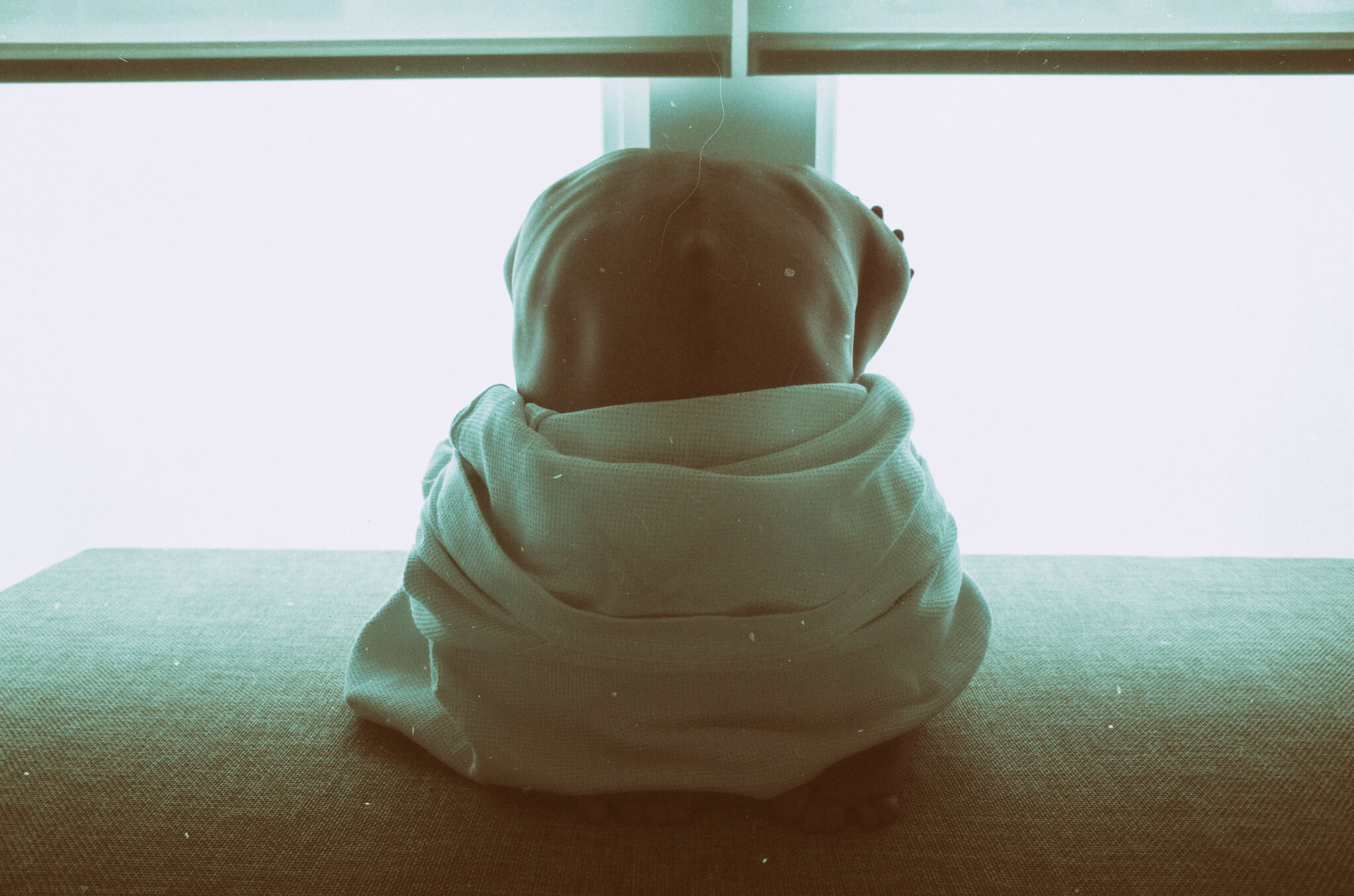Back Pain: Myths, Treatment, and Prevention

Back Pain: Myths, Treatment, and Prevention
It’s a fact.
Chances are that you’ll experience back pain at some point in your life.
If you’re a North American, the odds are about 80% (1)(2), typically between the ages of 30 and 50. That is, if it hasn’t happened already.
There’s a number of factors that contribute to back pain, including stress, poor posture, obesity, improper lifting technique, and a sedentary lifestyle (i.e. sitting on your ass all day).
Here we’re going to take a quick look at 3 topics related to back pain:
- Myths & Fallacies
- Treatment
- Prevention
Myths & Fallacies
Myth 1: Back pain only happens to athletes.
Sure, risk certainly goes up for high level athletes, but the rest of us aren’t immune. Not even close.
Remember, 80% of people will experience back pain, athletes and the non-athletic alike.
Myth 2: Only overweight people are susceptible.
Of course, being overweight adds stress to the back. But, being of average weight or even underweight is no immunity.
Poor posture, bad movement patterns, and a lack of basic fitness are not the exclusive domain of the obese.
Myth 3: Exercise is bad for back pain.
Nope, not even close.
If you’re experiencing back pain, you don’t want to start throwing weights around right out of the starting gate. But, gentle movements and exercise can help ease back pain.
Once the acute stage is over, regular exercise can and should be a part of your recovery plan. Going forward, regular exercise can help prevent re-occurrence.
Myth 4: Rest is key to recovering from back pain.
This is tied to myth 3. The fact is that more than a day or so of rest is likely to make the problem worse, not better.
Treatment
So, you’ve tweaked your back. What can you do about it?
Note that the information below is not intended to be a substitute for the advice or care of a medical professional. You should always seek the advice of a medical professional.
That said, there are a few things you can think about doing, depending on where you’re at in the injury/recovery process.
For the acute stage, the one and only Kelly Starrett has an approach that uses just a couple of simple techniques to help get immediate relief (of course, your mileage may vary).
If you’re on the road to recovery, gentle stretching and light exercise can help speed up the process.
Donnie “Super D.” Thompson, an accomplished power lifter and generally funny guy, shares a few ideas for releasing and resetting, as well as some strengthening exercises.
Of course, approach each of these with moderation and ease into them.
Prevention
The best way to insure against back pain comes down to a combination of 2 things: learning how to move and exercise properly, and then doing it!
If you’re just getting started, University of Waterloo’s Dr. Spine, Stuart McGill, offers his top 4 exercises to help strengthen the back and core.
As Dr. McGill points out, back pain is, more often than not, a result of a lack of endurance rather than a lack of strength.
Doing these 4 exercises regularly can go a long way to building that protective endurance. Basically, if Dr. Spine says to do it, you do it.
Looking for more? Great! There’s plenty of other, more advanced exercises that can help you double-down on protecting your back.
Here’s a shortlist of some of the top exercises that can (and probably should) be part of your exercise program:
- Planks
- Deadlifts (standard, sumo, snatch-grip, Romanian, etc.)
- Kettlebell swings
- Reverse hyperextensions
Have you experienced back pain? How did you manage it? Tell your story in the comments!
(My writing. Original post appears on CrossFit Toronto.)
Cool post, really enjoyed reading! One aspect of my daily routine that has seemed to help alleviate back pain is performing yoga. This practice really lengthens all facets of the body by focusing in on postural/alignment adjustments. These facets, I have noticed, helped to eliminate the back pain that I was previously experiencing. Let the flows continue !!